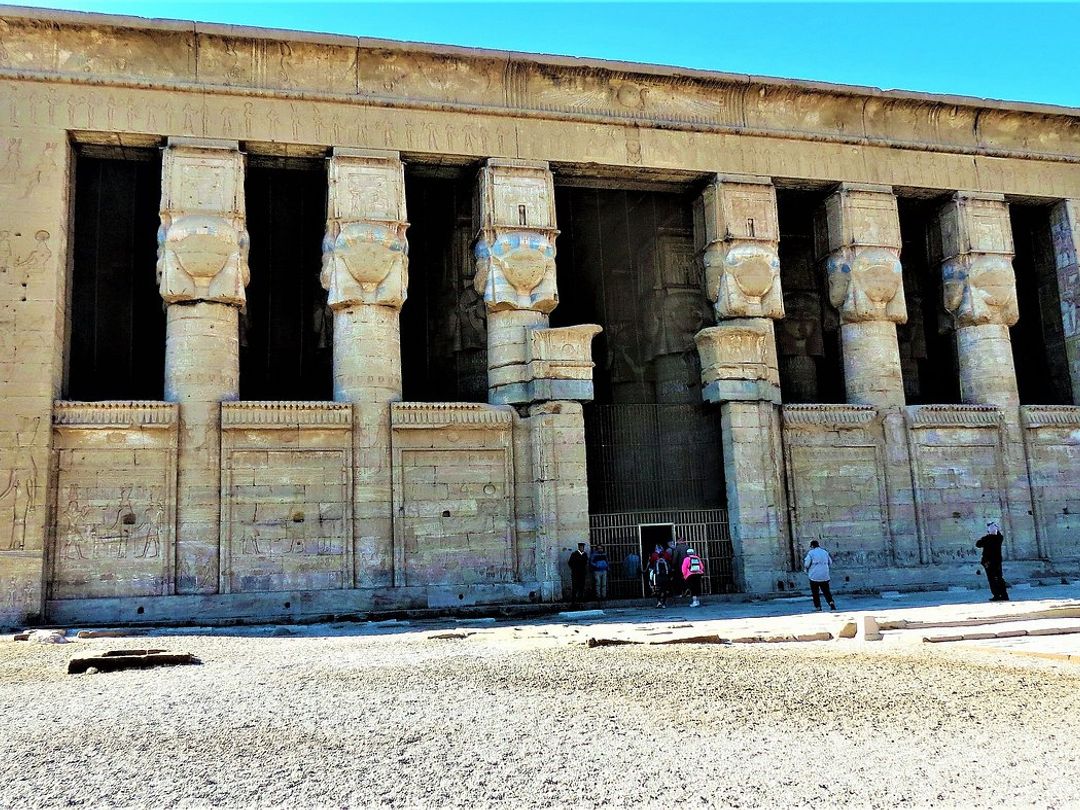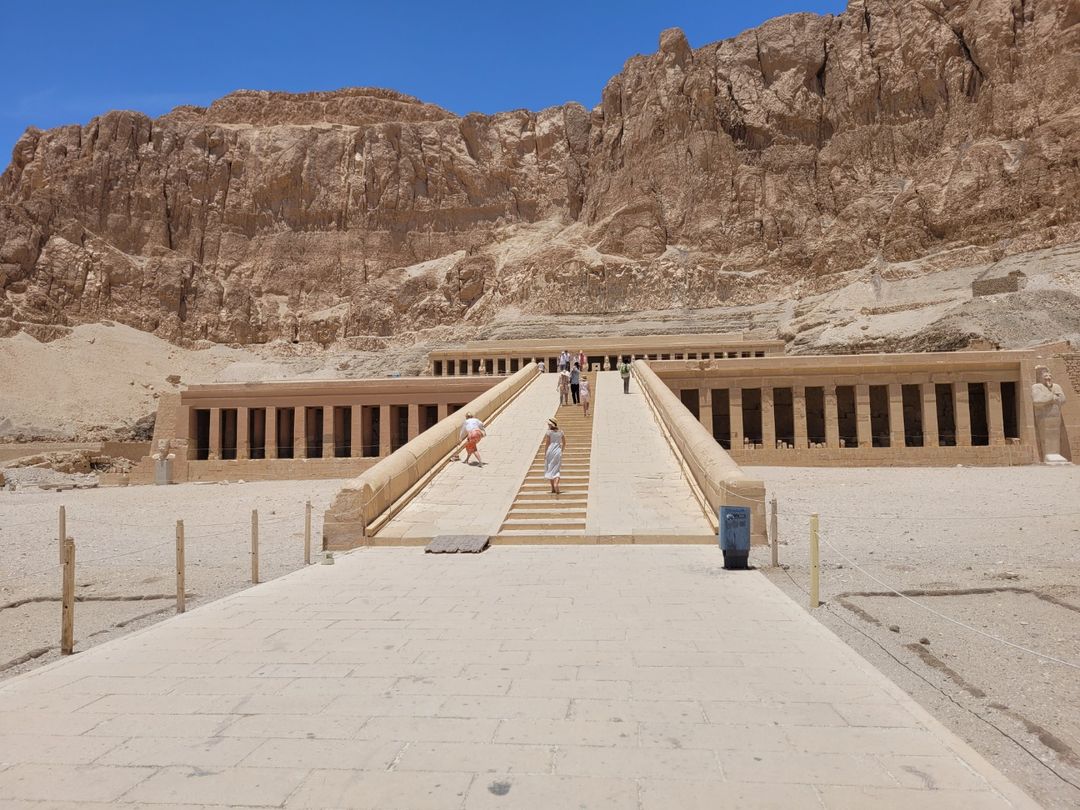"FULL DAY TOURS IN LUXOR (THE EAST BANK OF THE NILE: THE TEMPLES OF KARNAK - THE TEMPLE OF LUXOR)" Private Tour
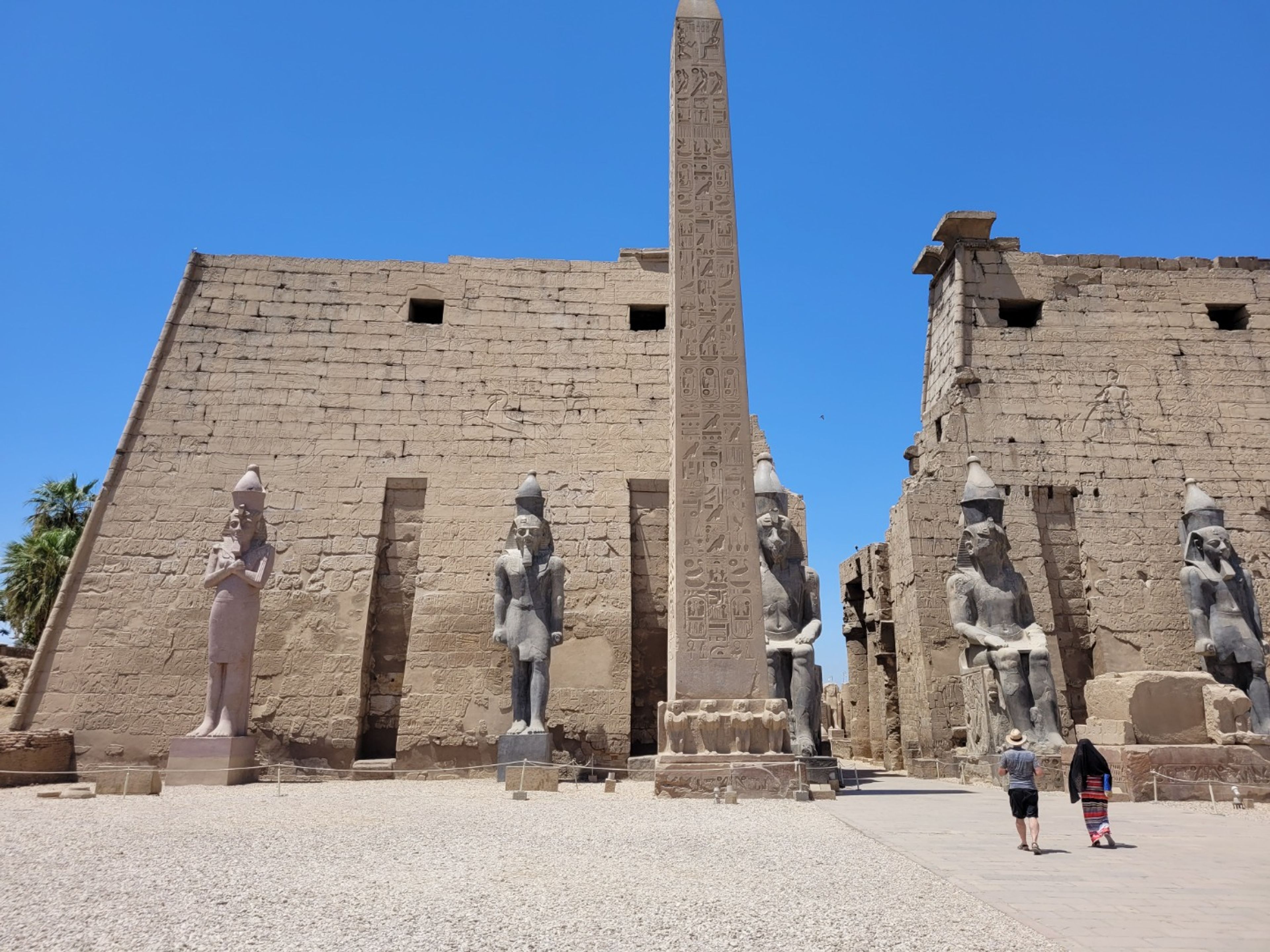
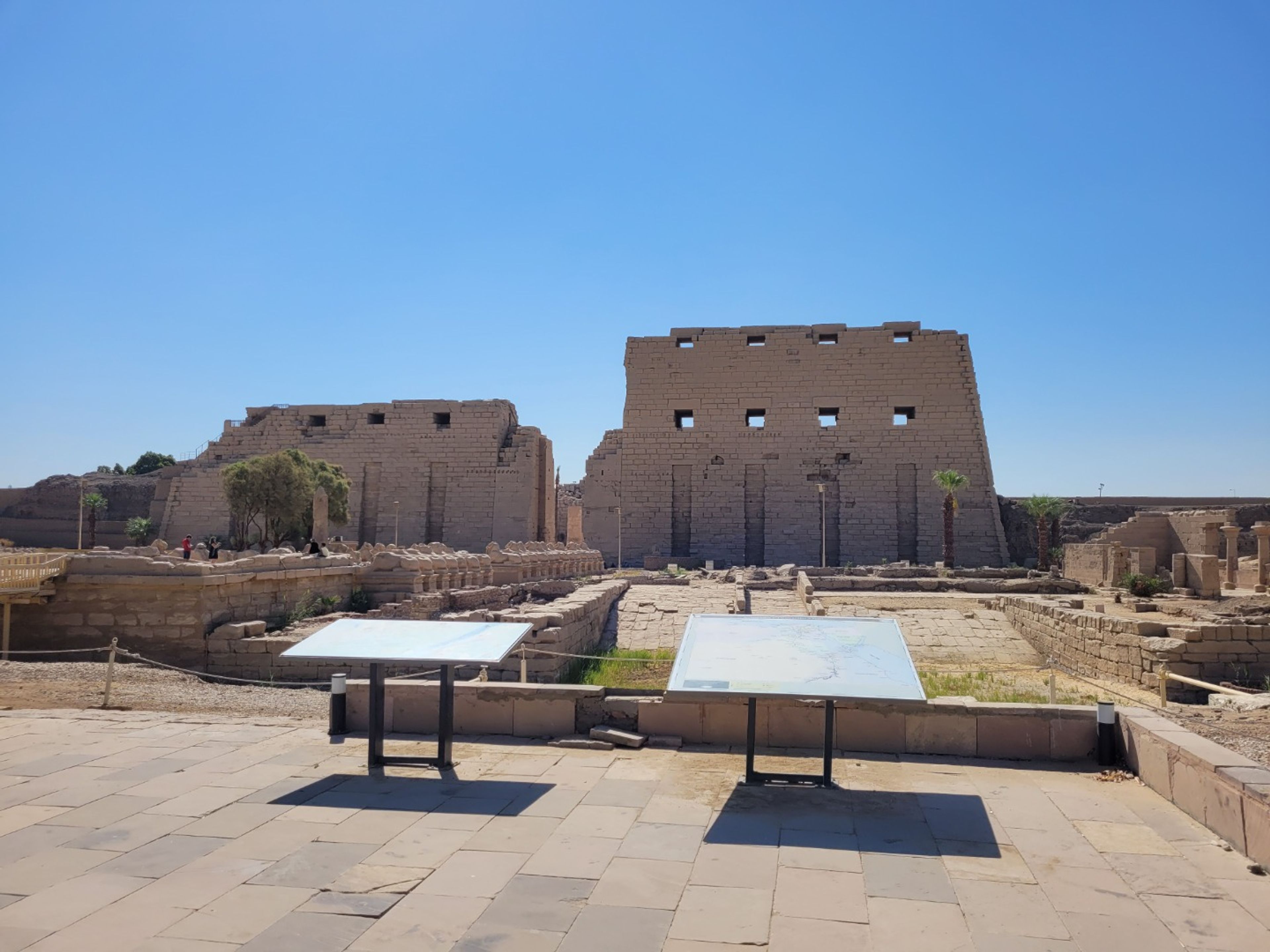
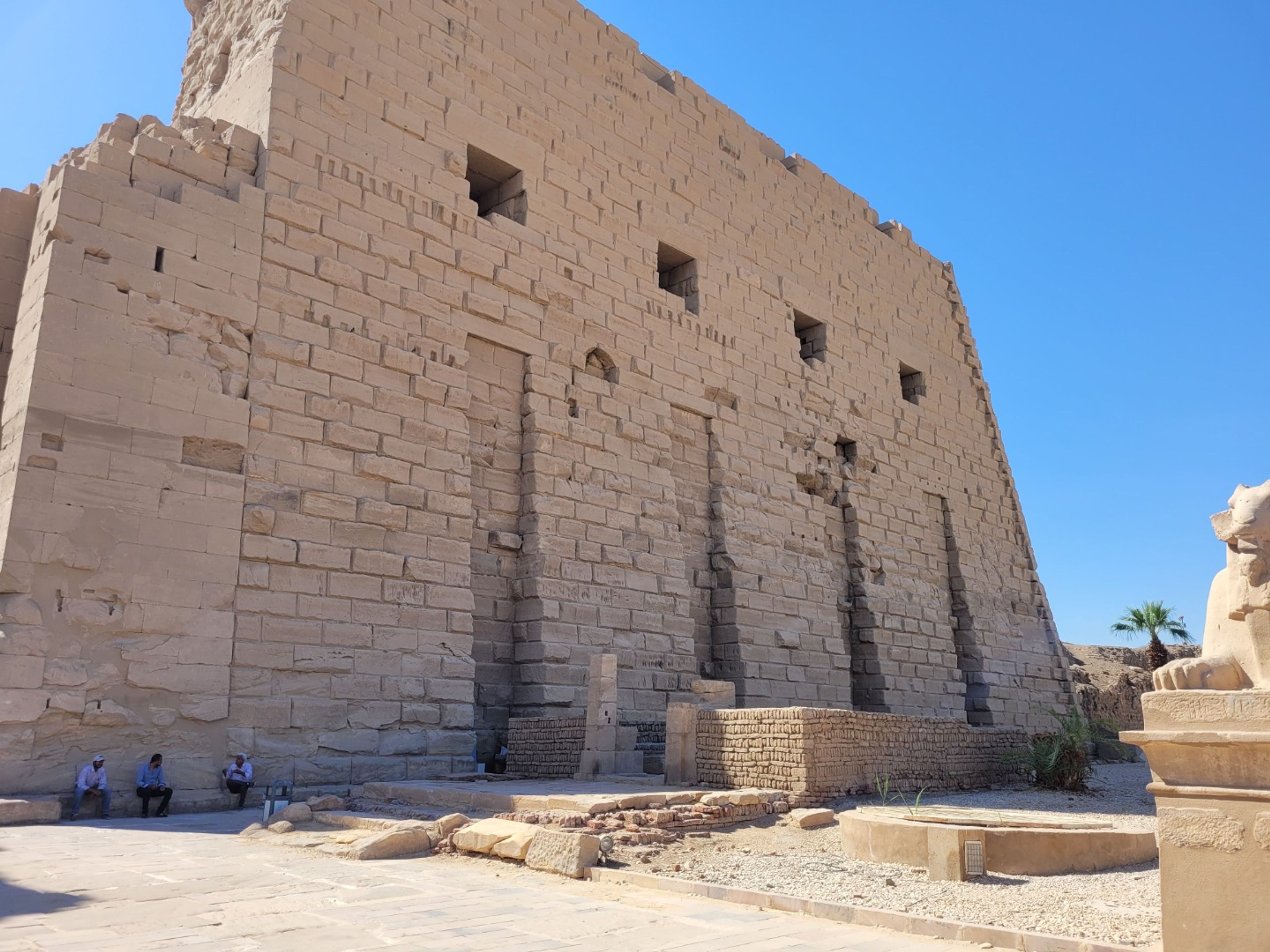
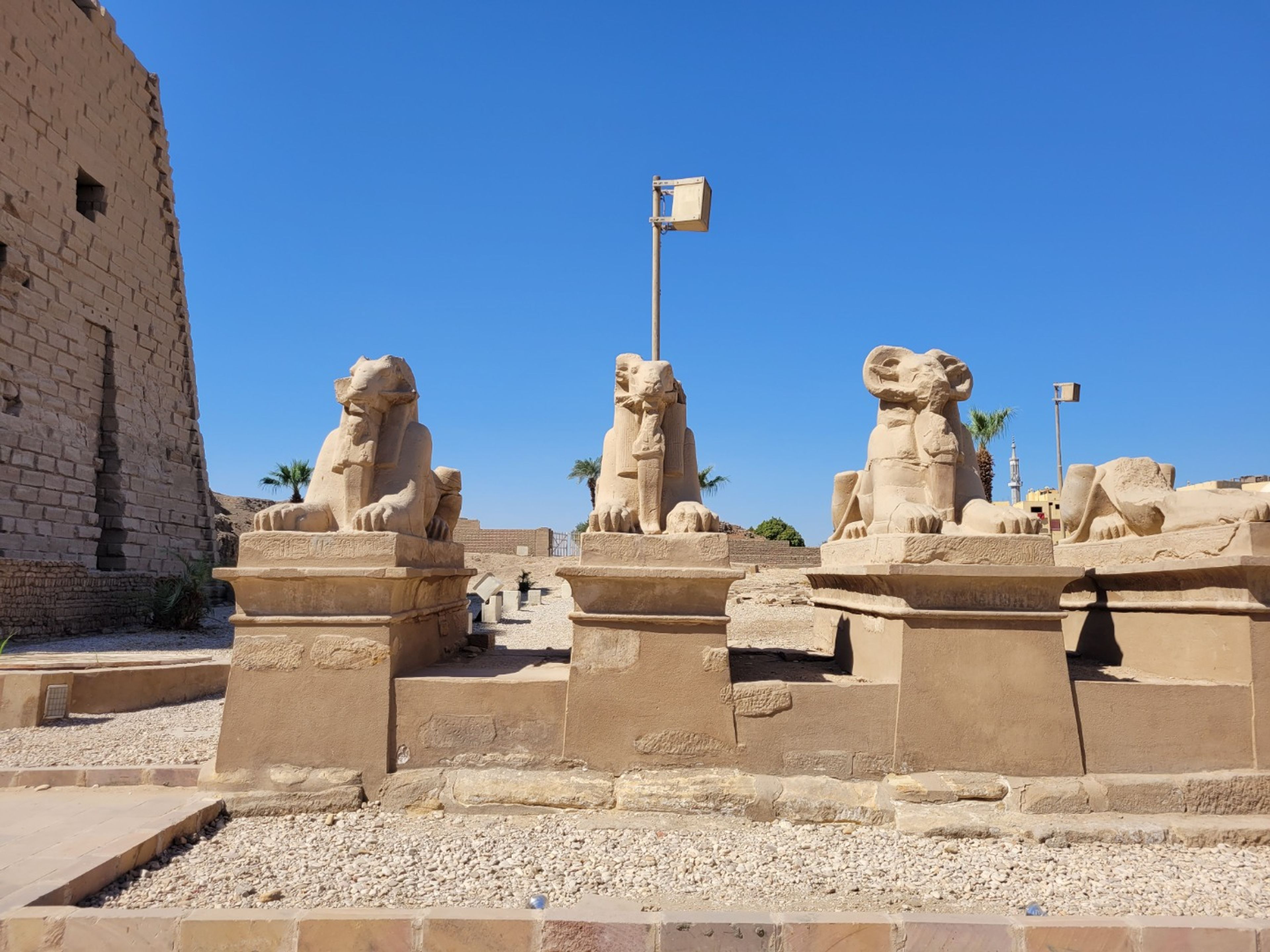
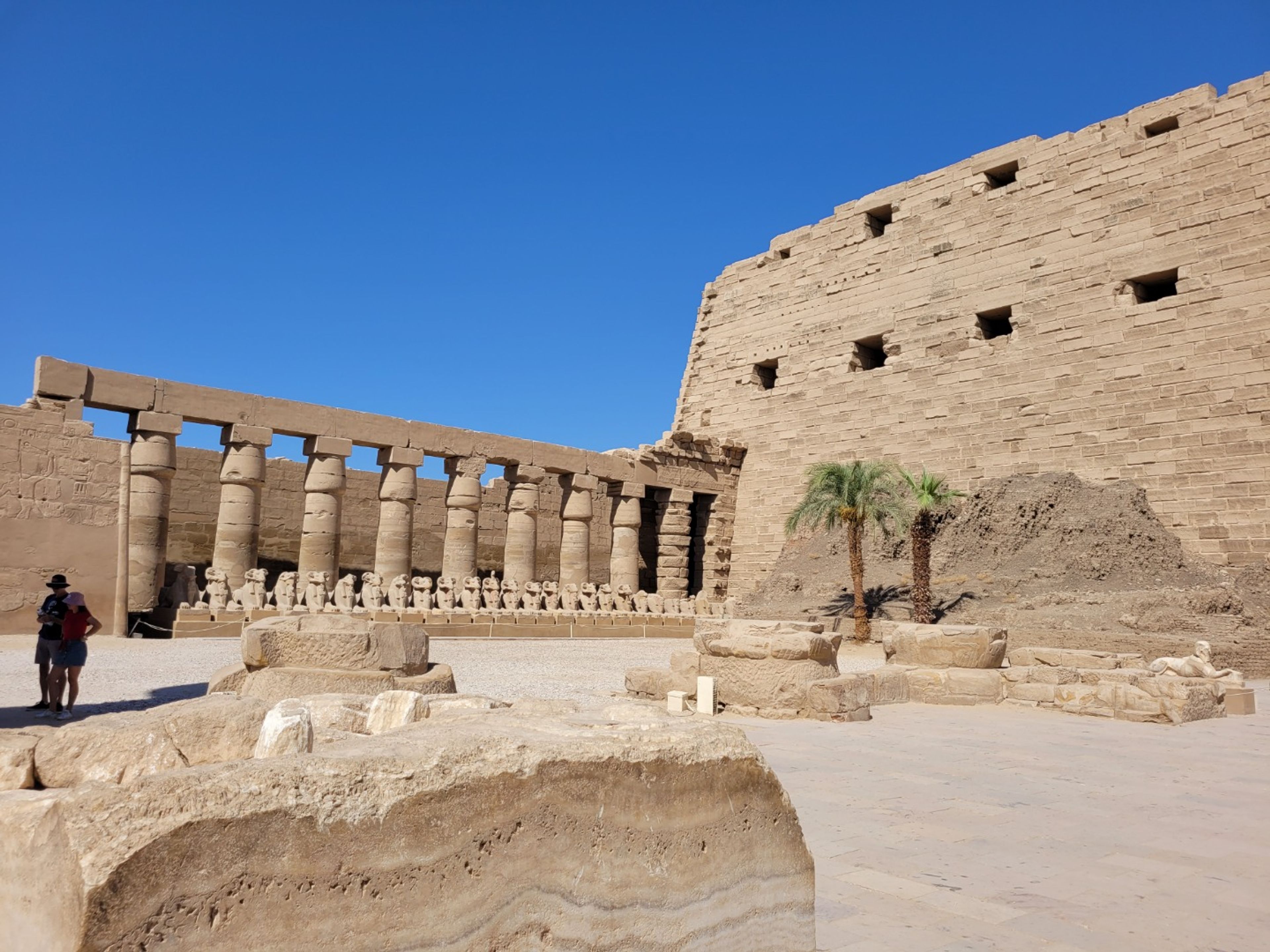
"FULL DAY TOURS IN LUXOR (THE EAST BANK OF THE NILE: THE TEMPLES OF KARNAK - THE TEMPLE OF LUXOR)" Private Tour
THE TEMPLES OF KARNAK: The Karnak Temple Complex is not only the largest religious structure ever built by humankind but also one of the most awe-inspiring monuments of ancient Egypt — a vast open-air museum that embodies more than 2,000 years of history, devotion, and architectural mastery. Construction began around 2000 BCE and continued well into the Ptolemaic period (305–30 BCE), with each pharaoh contributing to its splendor. Dedicated to the Theban Triad — Amun, his consort Mut, and their son Khonsu, Karnak became the spiritual heart of ancient Egypt, where kings sought to honor the gods and immortalize their own legacies in stone. Among its many wonders is the Great Hypostyle Hall, an immense forest of 134 towering columns that rise like stone papyrus stalks toward the heavens — a sight that continues to leave visitors speechless. Beyond this hall, you’ll find majestic pylons, elegant obelisks, sanctuaries, and sacred lakes, each layer revealing a new chapter in Egypt’s rich religious and political history. Walking through Karnak is like stepping into the living soul of ancient Thebes — a place where gods, kings, and worshippers once gathered in reverence, and where the power of faith and empire was carved into every monumental wall.
THE TEMPLE OF LUXOR: Standing proudly on the east bank of the Nile, the Temple of Luxor is one of Egypt’s most magnificent and best-preserved monuments — a timeless masterpiece that captures the essence of the New Kingdom’s glory. Built around 1400 BCE, this grand complex was dedicated to the Theban Triad — Amun, Mut, and Khonsu — and served as the sacred setting for the Opet Festival, one of the most important religious celebrations in ancient Egypt. Unlike other temples dedicated primarily to the gods, Luxor Temple was conceived as a monument to the divine nature of kingship itself. Its majestic colonnades, vast courtyards, colossal statues, and towering obelisks reflect both the power of the pharaohs and the devotion of their people. Over the centuries, Ramses II, Tutankhamun, and Alexander the Great each left their mark on the temple, enriching its architecture and inscriptions. As you wander through its illuminated avenues at sunset, you’ll sense how the temple evolved through time — blending Pharaonic grandeur with traces of Roman sanctuaries and even an Islamic mosque, all coexisting in perfect harmony. The Temple of Luxor is not merely a monument; it is a living chronicle of Egypt’s eternal spirit — a sacred space where history, faith, and beauty converge beneath the timeless Egyptian sky.
Guided by our expert Egyptologists, you will uncover fascinating secrets, timeless myths, and extraordinary architectural details that bring these colossal monuments to life — transforming them from mere stone structures into a living story carved by the hands of history. Through the eyes of your guide, the mysteries of ancient Egypt will unfold before you — revealing not only the grandeur of its kings and builders but also the deep symbolism, precision, and spiritual vision that made their creations eternal.
Itinerary
-
Pick up at your hotel, or the one closest to your accommodation by a guide from our agency.
-
Visit to the Temples of Karnak.
-
Visit to the Temple of Luxor.
-
Return to the hotels.
-
All visits to the different facilities and museums have the presence of a specialist who will guide our tour, explaining in detail the meanings and history of the different attractions that we can observe.
The tour includes
- Spanish-speaking guide service.
- Entrance to Temples and Tombs.
- All transfers from and to the hotel or airport in modern, air-conditioned private coaches.
- All information on all the aforementioned visits.
- Special treatment and elite service.
The tour does not include
- Professional guide in English, French, Portuguese, German and Italian languages. If you want a guide in these languages, it is done on request and an extra charge must be paid.
- Extras not mentioned in the program.
- Personal expenses and tips.
- Lunch and drinks during visits.
• It is recommended to wear light clothing, sunglasses, caps or hats, sneakers or sandals, sunscreen, and a camera. • It is recommended to bring at least a bottle of water, light meals with sweets, and snacks.
More Information
- 6 hrs aprox
- Flexible schedule depending on customer preference.
- Tour guide included
- Family friendly
- Offered inSpanish
Options and Availability
Private tour (from 2 to 5 pax)
Private tour with exclusive guide service in your language. Pick-up time and itinerary tailored to your interests.Private tour (from 6 to 20 pax)
Private tour with exclusive guide service in your language. Pick-up time and itinerary tailored to your interests.Policies and Conditions
- This tour operates with a minimum of 2 passengers, Holiplus will reconfirm 48 hours before departure. If the supplier decides to cancel, for reasons of force majeure or adverse weather conditions, Holiplus will offer an alternative tour or will fully refund the cost of your trip.
- Rates are expressed in US dollars (USD) and may be changed without prior notice.
- The services and programs can be changed or canceled in their execution, sequence and content; in order to offer a better service, or due to extreme conditions or force majeure reasons.
- The client must be aware that modifications in the original reservation may generate changes in the final price.
Cancellation and no show policy:
- Cancellations more than 72 hours before the excursion: No penalty applies.
- Cancellations between 72 hours and 48 hours before the excursion: a penalty of 25% of the total value of the excursion applies.
- Cancellations less than 48 hours before the excursion: a penalty of 50% of the total value of the excursion applies.
- NO-SHOW: a penalty of 100% of the total value of the excursion applies.
- Reservation fees and credit card surcharges cannot be refunded in case of cancellation.
